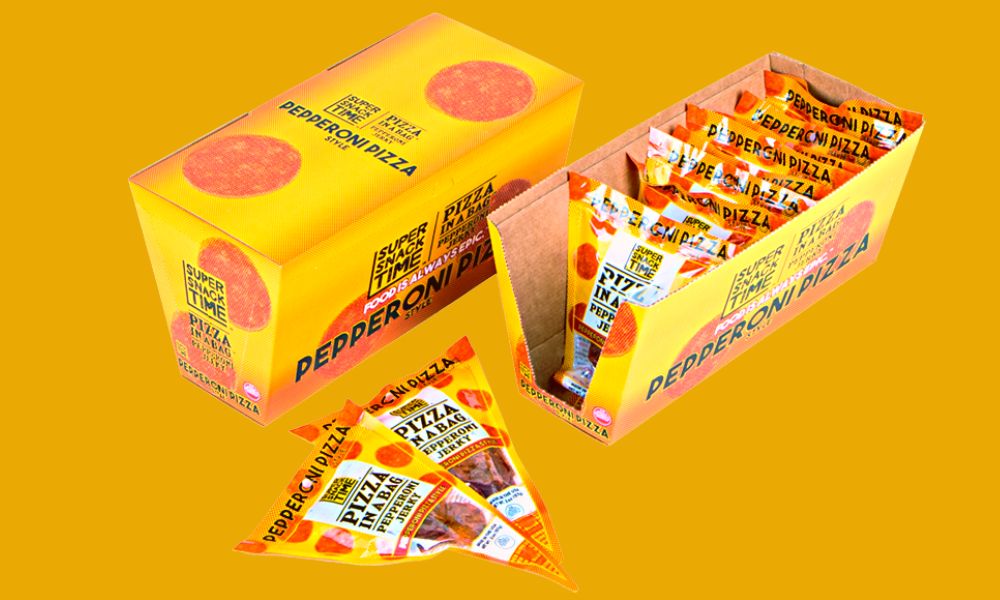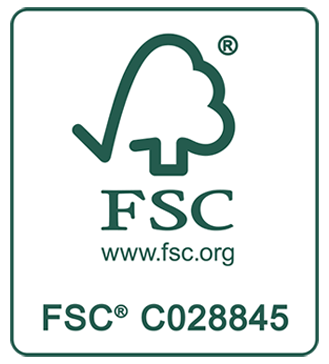
When your business works closely with the food industry because you manufacture food products, you must follow specific guidelines for labeling these items. The FDA, or Food and Drug Administration, is responsible for enacting these regulations. What are the FDA requirements for food labeling? Ensure you label your products correctly by understanding the guidelines below.
The Basic Elements of a Food Label
There are typically five basic elements that you need for proper food label packaging. These elements include a statement of identity or the brand name, the manufacturer’s address, the product’s net weight, nutritional facts, and the ingredient list. You must also place these label statements on two separate panels on the packaging—one on the PDP (principal display panel) and the other on the information panel located immediately to the right of the PDP.
The only exception to these elements is if your product only has one ingredient to list. For example, if you produce raw honey and it’s the only ingredient, you won’t need to record this. However, if you add anything to the honey, you must include an ingredient list.
Rules for the Nutritional Label
While the information you need to include on nutritional labels is strict, the guidelines for creativity are not. As long as you have the serving size, vitamins, minerals, and nutrients listed on the food label, you can choose any font color, size, and type. Most FDA food labels you see in stores have black text on a white background—this is the recommendation, but companies do not need to follow this as long as the text and background have high contrast for the best readability. Determining the serving sizes—single- or multi-serving—of your products is also crucial.
More on the Ingredient List & Health Claims
One of the FDA requirements for food labeling and ingredient listing is the order in which you place ingredients. All food manufacturers must place their ingredients in order of predominance of weight—going from heaviest to lightest. Take that honey, for example; when you add ingredients, such as spices, you will list the honey first because it’s the heaviest ingredient and the spices last because they’re the lightest.
Furthermore, any health claims you make on your labels must be 100% accurate. So, if you’re product is not completely fat-free, you cannot write that it is on your packaging. Additionally, if there are any allergens present within the ingredients, you must list them. The FDA makes these food labeling requirements, so consumers know what they’re buying from the store and standardizes label formatting so that every product is easy to read and understand.
Are you looking for a business that offers food package printing? Consider Golden West Packaging for all your product packaging needs—our processes are innovative with sustainability in mind. Work with our business to set your food products apart from your competitors.



